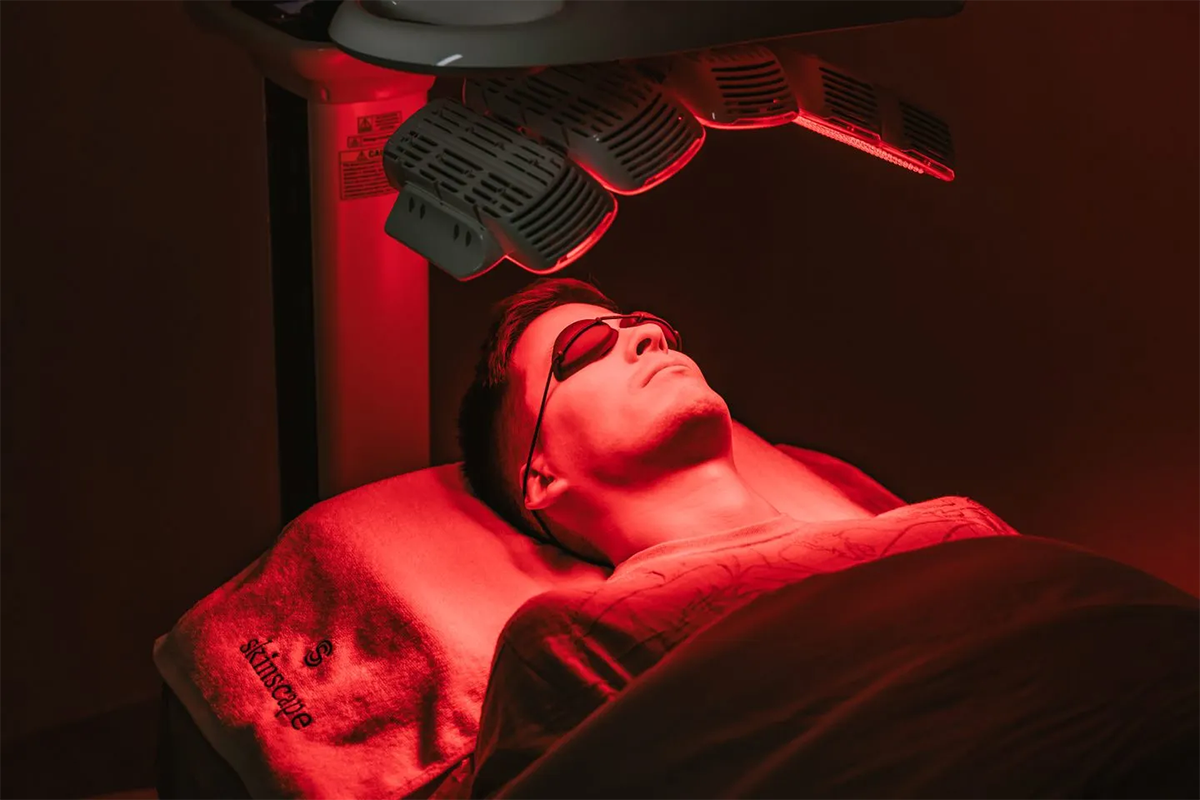
Hair loss, particularly androgenic alopecia (AGA), affects millions worldwide and can have profound psychosocial impacts on quality of life. Traditionally, treatments for AGA have included topical agents like minoxidil, systemic medications such as spironolactone, and surgical interventions like hair transplantation. However, emerging therapies are transforming the landscape of alopecia management. Among these innovations, low-level laser therapy (LLLT)—also known as photobiomodulation therapy—has garnered significant attention for its non-invasive nature, safety profile, and promising clinical efficacy in promoting hair regrowth and improving scalp health.
Androgenic alopecia is characterized by progressive miniaturization of hair follicles under the influence of androgens, most notably dihydrotestosterone (DHT). Left untreated, AGA leads to thinning and eventual loss of terminal hair, particularly in characteristic male and female patterns. Conventional pharmacologic options aim to counteract hormonal effects or stimulate follicular activity—minoxidil enhances local blood flow and prolongs the hair growth phase, while spironolactone acts as an androgen receptor antagonist. Hair transplantation offers a permanent solution but requires surgical expertise, carries procedural risks, and may not suit every patient due to cost or comorbidities.
Low-level laser therapy utilizes specific wavelengths of light—typically in the red to near-infrared spectrum (650–900 nm) at power densities as low as 5 mW/cm²—to interact with skin and hair follicle cells. Unlike high-power lasers used for cutting or ablation, LLLT operates at sub-thermal energies, stimulating cellular processes without causing tissue damage. This photobiomodulation effect has been shown to modulate the microenvironment of hair follicles, enhancing cellular respiration, improving local blood circulation, and regulating sebum production, all of which contribute to creating a favorable milieu for hair growth.
Photobiomodulation’s primary target in cells is cytochrome c oxidase, an enzyme within the mitochondrial respiratory chain. When photons are absorbed, mitochondrial activity increases, leading to elevated adenosine triphosphate (ATP) production and upregulation of transcription factors that drive cell proliferation and tissue repair. Additionally, LLLT induces the release of nitric oxide, promoting vasodilation and improving blood nutrient delivery to hair follicles. The combined effect is a prolonged anagen (growth) phase of the hair cycle and reversal of follicular miniaturization.
LLLT’s clinical legitimacy is underscored by regulatory approvals and expert consensus guidelines. In 2007 and again in 2010, the U.S. Food and Drug Administration (FDA) cleared LLLT devices specifically designed to treat male and female AGA. Moreover, the “Guidelines for the Diagnosis and Treatment of Androgenic Alopecia in Chinese People,” published in 2019, classified LLLT on par with hair transplantation in levels of evidence and recommendation. Most recently, the 2024 Expert Consensus on Treating AGA with Low-Energy Lasers affirmed clinical utility and safety, integrating LLLT into treatment algorithms across Europe, Japan, and China.
A 2022 multicenter clinical study involving 1,383 AGA patients reported an overall effectiveness rate of nearly 80% with LLLT helmet devices. Participants underwent thrice-weekly sessions of 8–15 minutes over six months, demonstrating significant improvements in hair density and thickness compared to baseline. The study attributed these outcomes to sustained follicular stimulation by low-energy lasers, which reactivated dormant follicles and extended the anagen phase.
In a controlled trial, AGA patients were randomized into three groups: (A) LLLT alone, (B) topical 5% minoxidil alone, and (C) combined LLLT with minoxidil. After six months, all groups showed statistically significant hair density increases, but Group A exhibited superior sebum regulation, reducing follicular clogging and scalp inflammation more effectively than minoxidil alone. Group C demonstrated the highest overall improvement, highlighting a synergistic “1+1 > 2” effect when combining photobiomodulation with pharmacotherapy.
The mechanistic complementarity between LLLT and drug therapies enhances treatment outcomes. LLLT not only accelerates scalp microcirculation and stimulates extracellular matrix remodeling but also increases transdermal drug absorption. When paired with topical minoxidil or systemic spironolactone, LLLT amplifies hair follicle responsiveness, leading to faster regrowth, improved hair shaft thickness, and longer maintenance of results. This synergy reduces reliance on high dosages of medication, potentially minimizing systemic side effects.
One of LLLT’s chief advantages is its exceptional safety record. Unlike systemic medications, which carry risks of sexual dysfunction, blood pressure changes, or hormonal disturbances, photobiomodulation is non-invasive and painless. Reported adverse effects are rare and generally mild (e.g., transient scalp redness or itching). The home-use nature of many LLLT devices, including helmets, caps, and handheld wands, further empowers patients to integrate therapy into daily routines with minimal disruption.
LLLT devices come in two primary operating modes: dose-mode, where energy per area (J/cm²) is directly set, and time-mode, where treatment duration is calculated from the desired dose and device irradiance (mW/cm²). Users must carefully calibrate initial settings—typically 5–10 J/cm² per session—under professional guidance to balance efficacy and safety. Advanced home units now incorporate preset protocols, dose escalation plans, and safety interlocks, streamlining user experience and reducing the risk of incorrect usage.
Ongoing research is exploring optimized wavelength combinations, pulsed energization patterns, and personalized dosimetry based on patients’ skin phototypes and disease stages. Integration of smartphone connectivity and AI-driven treatment analytics promises to refine therapy adherence and outcomes. As clinical evidence broadens and device technology evolves, LLLT is poised to become a standard adjunct—or even standalone—therapy in comprehensive hair restoration regimens.
Low-level laser therapy represents a paradigm shift in the management of androgenic alopecia, offering a non-invasive, safe, and clinically validated alternative or complement to traditional treatments. With robust regulatory endorsements, high patient satisfaction, and emerging personalized treatment modalities, photobiomodulation is illuminating new possibilities for individuals seeking effective, convenient solutions to hair loss.